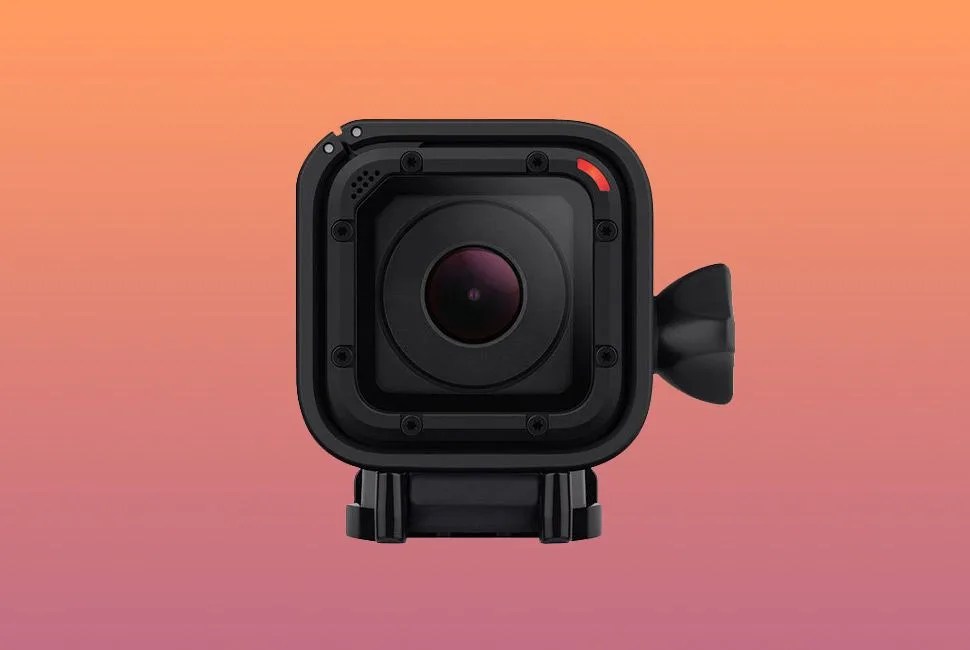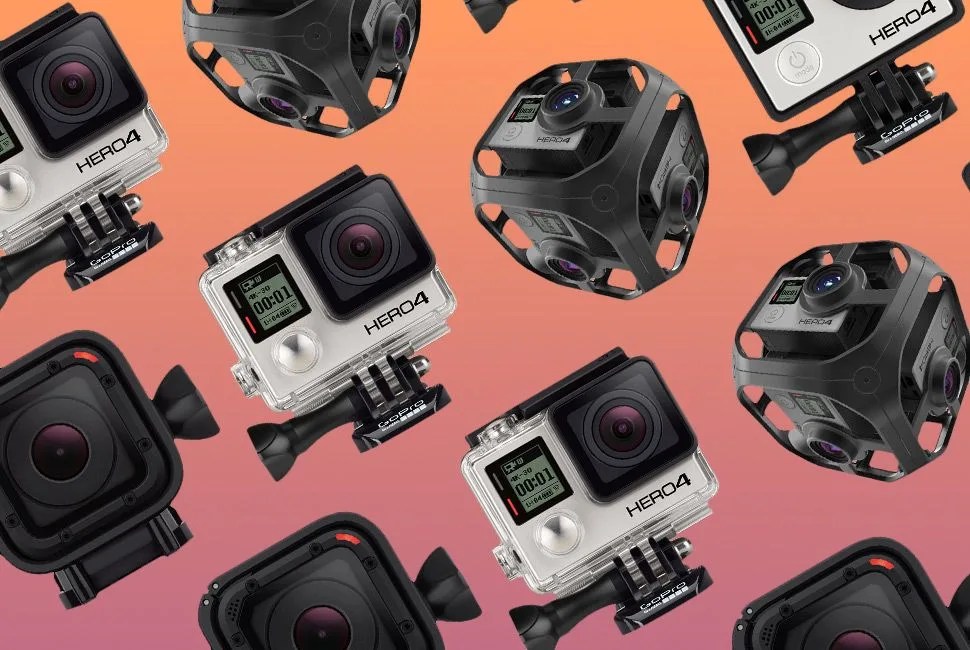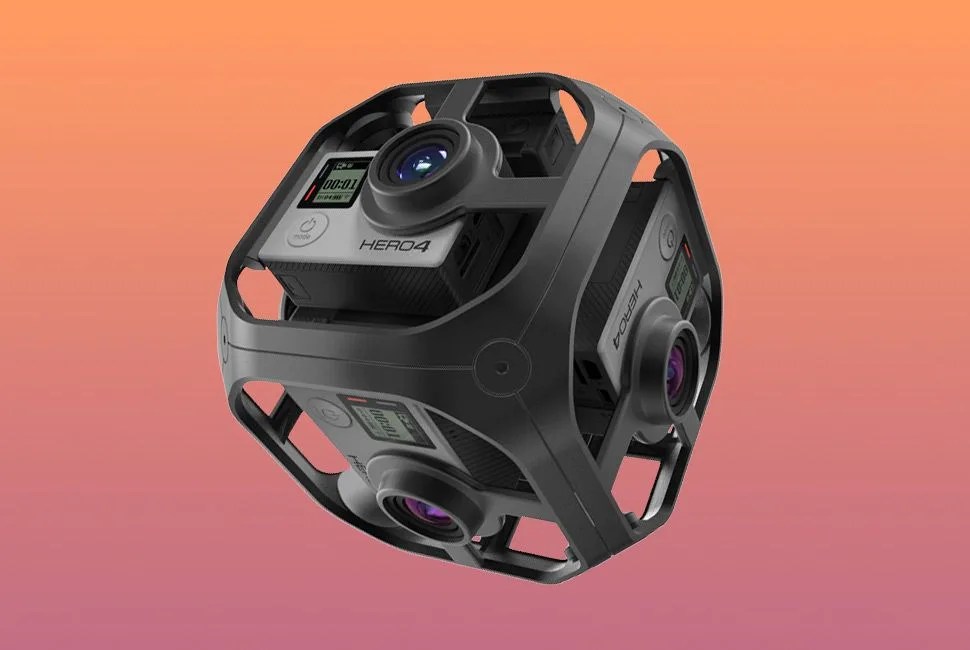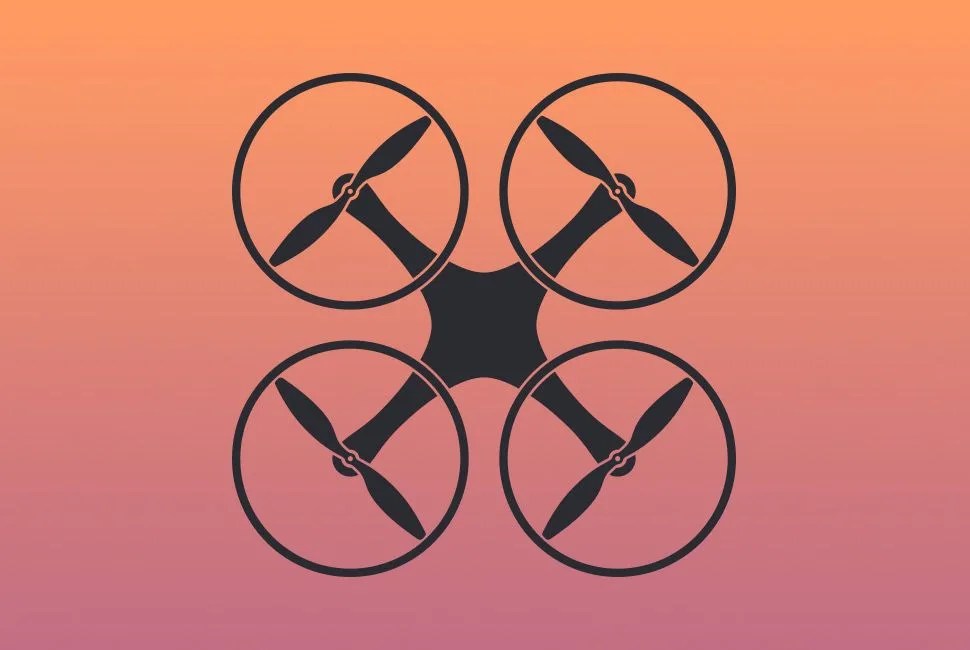Whenever a big tech company struggles on Wall Street, my finely tuned schadenfreude chip clicks into double-overdrive. “Ha!” I think, as I gleefully pore over dour projections and snarky reports of hubris, mismanagement, and incompetence. “Not so easy to actually make money, is it?”
GoPro is different, though. It actually hurts to watch the persistent, no-end-in-sight struggles of this Silicon Valley-based maker of ubiquitous action cameras. By now, its Wall Street slide is one for the history books. It debuted at a modest $24, exploded to $93 per share, then shed nearly all of its value throughout 2015 and 2016 to bottom out at barely $8. It fell “victim” to burgeoning competition, product missteps (namely the initially way-overpriced, not-as-small-as-they-seemed-to-think Session camera) and a niggling usability problem among its customers — specifically, the fact that offloading the footage from the cameras and converting it into shareable, Red Bull-grade awesomeness always seems to require access to teams of highly skilled producers.
It actually hurts to watch the persistent, no-end-in-sight struggles of this Silicon Valley-based maker of ubiquitous action cameras.
I’m not here to kick GoPro while it’s down — there are plenty of others doing that — but I want to vent because it doesn’t have to be like this. Videos created with GoPros have captured imaginations around the globe, warmed hearts, made us laugh, and inspired many to go out and have a bit more fun with their lives, regardless of whether they’re recording the action. It’s hard to watch the videos and not be swept away by the contagious enthusiasm of those who created them. And the best part is that you don’t have to be a brand-sponsored adrenaline junkie to join in on the fun — people have gone viral strapping GoPro’s to hula-hoops, kites, dogs, and, of course, drones, model airplanes, and rockets. They’ve been stuck in dishwashers, strapped to car wheels, and sent to the edge of space in balloons. GoPro’s supremely high-quality cameras have helped create magic all around the world. To watch it flounder is frustrating, given that the company absolutely should still be riding the wave of high-energy adventurism and creative, playful camera use that it helped create, and which enthusiastic social-media sharing distributed to the universe on a silver platter. There’s absolutely no excuse for GoPro’s lack of Apple-caliber world domination.

So what the hell happened? Unfortunately, a long string of oversights, Johnny-come-lately sluggishness, and seriously dubious decision-making, all led by CEO and founder Nick Woodman. Start with the cameras: The technological progress of its core product, the Hero, while consistently and justifiably lauded for sensational image quality and versatility, has been offset by continued high costs and those usability gremlins. I want top-shelf image quality without having to pay $400 or $500 for it every time — especially if I want multiple cameras to mount all over cars, bikes, skateboards, etc. (The now-$200 Session doesn’t count — its image quality simply isn’t the same as the higher-end GoPros, the Hero4 Silver and Hero4 Black.) How about a $100 entry point and a $300 top end? Granted, we don’t know all the details of the manufacturing costs for the company, but the bottom line is that the cameras are simply too expensive, given that you can get stupendous quality out of a multi-functional smartphone these days (which lets you to capture, edit and immediately distribute content on one device).
Also, they remain complex gadgets, particularly on the post-shooting side. The cameras offer a slew of new features, including Protune (an image-quality enhancement feature), QuickCapture, HiLight Tag, SuperView, no fewer than 12 resolution options, and many other tricks that you’re not only never quite sure when and why to use them, but when and why not to use them. Why wouldn’t I want Protune enabled all the time? Why would I want to use 24fps over 30fps over 60fps? Is there a penalty somewhere? I pity the noobs. Offering the app to control and view the camera’s feed has helped, but it also complicates use when you have to connect it and then spend precious minutes confirming everything is working, and then trying to figure out the problem if it isn’t. The Hero4 Silver has a built-in LCD screen, which helps, but you have to pay $80 to add that capability onto the $500 Hero4 Black. Choosing and using these cameras remains a bewildering, exhausting experience. While you can generally turn it on and start recording immediately, determining what mode it’s in and actually instituting changes to the setup requires a degree of attentiveness you’d think would be anathema to an “action” camera. This becomes slightly less of a problem when you become conversant with the tech, but these are supposed to be for everyone, right? And really, even pro shooters want easier, more intuitive cameras.


